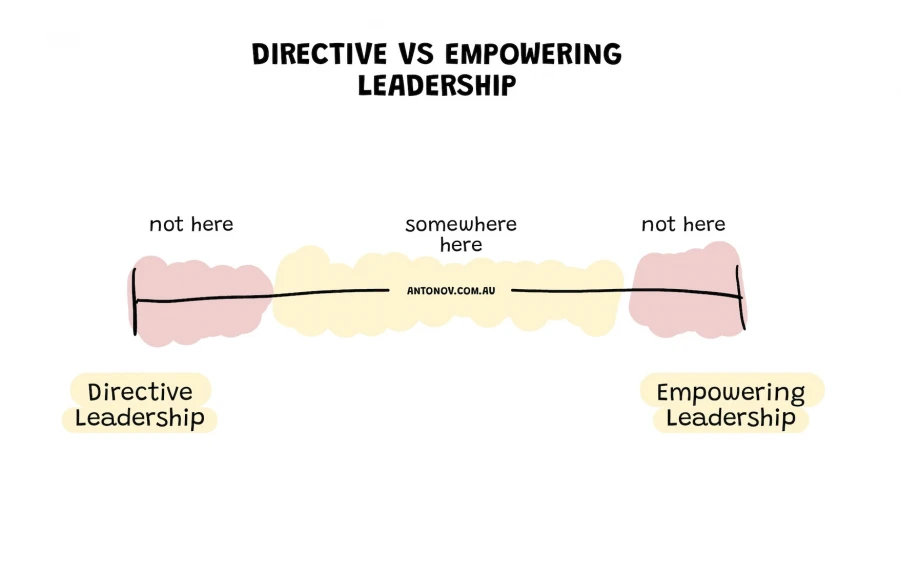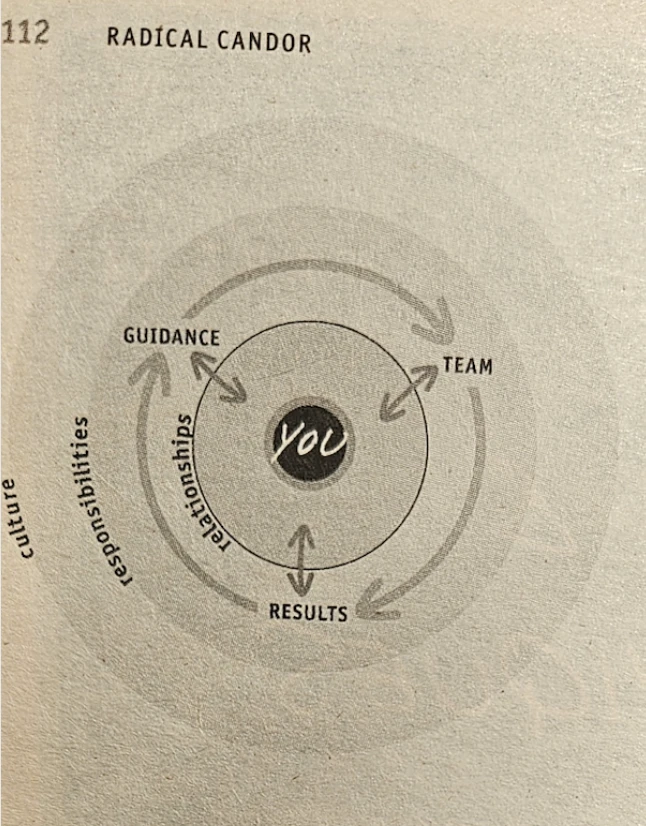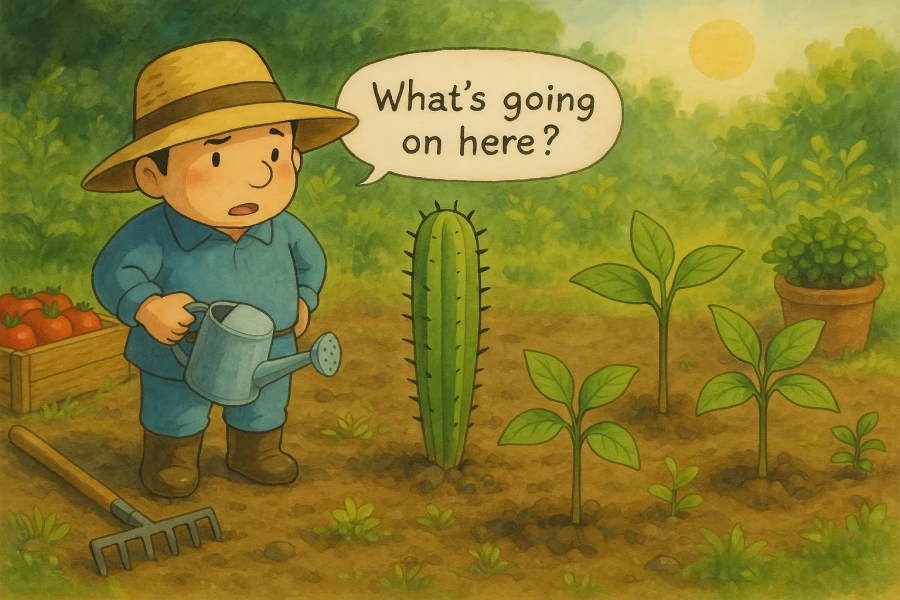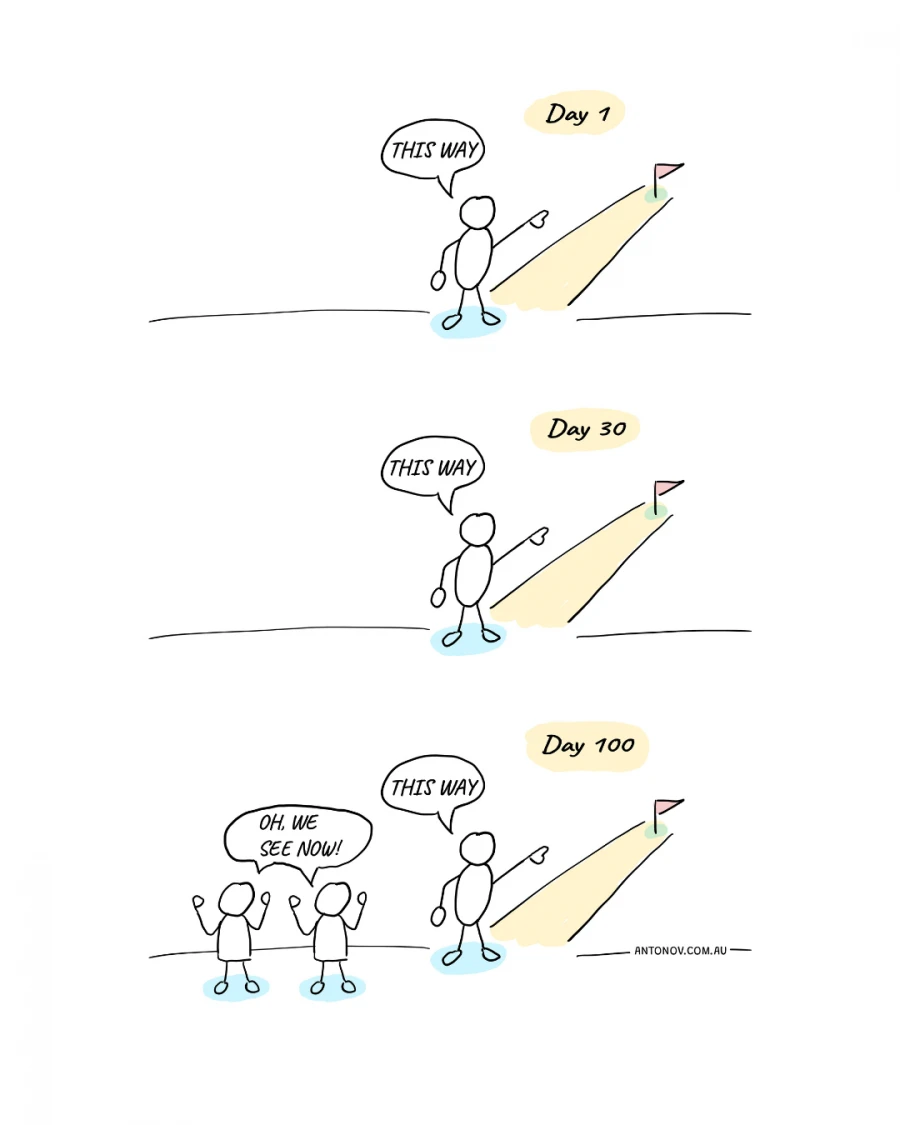-
This afternoon I spoke with the team about the challenges for any leader and their team in finding the balance between telling them what/how to do (Directive Leadership) and letting the team figure it out themselves, make some mistakes and learn (Empowering Leadership).
The balance is hard.
You definitely wouldn't want to over-index on either side. So you've got to find a sweet spot.
But it also could be multidimensional, and the balance might shift depending on the area.
For example, you might want to give more direction in terms of the problem the team is solving compared to how the problem is solved. Or you might want to give less direction in the team's communication style but more direction in terms of the standards of produced work.
Regardless, it might be helpful to be open about that balance and have a regular conversation about it.
Because that balance isn't static either. As the team gets better and better, it requires you to adjust the balance.

-
Currently refreshing my memory on Radical Candor by Kim Scott. These quotes are amazing:
The best way to keep superstars happy is to challenge them and make sure they are constantly learning.
And the polar opposite:
As you probably know, for every piece of subpar work you accept, for every missed deadline you let slip, you begin to feel resentment and then anger. You no longer just think the work is bad: you think the person is bad. This makes it harder to have an even-keeled conversation. You start to avoid talking to the person at all.
As a leader, it can get very tough. Or at least it might seem that way. You might have the most amazing relationship with your direct report; you might even call it friendship. But if the person doesn't perform, you have to address it.
And the solutuion is actually quite obvious….you have to call it out and address it as it's your direct responsibility as a manager. And if you consider yourself a friend as well.
The alternative is all downsides: you're not doing your job, you're not helping your friend by denying them an opportunity to learn and you're also dropping the team standards.
Your team operates at its weakest link and helping that person helps everyone.

-
Most people think leadership is about control. They assume great leaders are the ones who tell people what to do, make all the calls and keep everyone in line.
That's outdated thinking.
The best leaders don't control. They share context & intent, inspire, empower and trust their teams to make mistakes.
Control stifles. Trust unleashes potential. -
Bad leaders like convenience over value.
They push those who make their lives easier - small tasks, fire drills and ego bosts. Problem solvers, whose work eliminates chaos, go unnoticed because their success erases the memory of the problem itself.
Leaders fear losing their “firefighters” more than those who ensure a fire never starts. The latter rarely gets rewarded. -
You join a team meeting and just listen.
The team is in control - they cover the options, ask thoughtful questions and share feedback.
You watch them gelling, getting in the flow.
They are considering all the right angles: customer, business and tech.
The conversation moves naturally. They are calm and focused.
They don't even need you there and it feels amazing! -
You don't need a fancy tool to manage your team.
Complex software won't fix miscommunication or misalignment. Tools often distract, leading to over-documentation, micromanagement and wasted focus on processes over outcomes.
Management is clarity. Set expectations, align on what's important and build trust with open, honest conversations. Keep the focus where it belongs - on the work itself. -
Leadership thrives on creating fertile ground for growth. The right conditions allow potential to flourish, much like farming.
Not every seed yields the harvest you expect. Some turn out to be weeds, others the wrong crop for the soil. Identifying and addressing those misfits is just as critical as nurturing the right ones. Leadership isn't just about cultivating - it's about culling when necessary.
Growth depends on balance. The wrong elements choke the good ones but thoughtful pruning strengthens the whole.

-
A leader's journey starts alone.
Leadership needs the courage to push boundaries and challenge norms. It feels great and is fulfilling and, at the same time, isolating.
When driving change, the slow pace of buy-in or lack of immediate support can feel like standing alone. But that solitude is a marker of progress. This is how it should feel at first.
That's when you need patience. You are just creating space for others to join when they are ready. They just need time to process.
Feeling lonely as a leader isn't failure. Every great idea starts with someone bold enough to stand alone until others see the path forward.

-
Good managers know when to step back.
Intervening too often stifles creativity, ownership and morale. Teams thrive when leaders provide clear direction, trust their abilities and give them space to execute. Micromanagement creates bottlenecks, while autonomy pushes innovation and accountability.
The best work happens when leaders empower, not overshadow. -
Leaders thrive on connection. Taking time to engage with teams builds trust and fuels collaboration.
The risk lies in misreading commitment. Valuing late nights over outcomes sends the wrong message, tying effectiveness to hours rather than impact.
Great leadership doesn't trade presence for results. It inspires through balance and focus.
One of the smartest things the new CEO did was start an “open door” policy. His version of that was walking around and getting to know people, but also inviting anyone and everyone to stop by his office after 4 p.m. to talk; there was no agenda. He let them know that he would stay as late as necessary if they wanted to chat. Many nights he didn't leave the office until 8 or 9 p.m.
David Rohlander, The CEO Code -
Mistakes teach faster than manuals. But only if they're visible. And shared before they sit quietly and start to build up.
When a leader owns a mistake in front of their team, something powerful happens. The room relaxes. People stop pretending everything is perfect. They stop tiptoeing. It sends a message that trying, failing and learning is part of the job - not a threat to it.
Most teams don't freeze from lack of skill. They freeze from fear. Fear of saying the wrong thing. Fear of trying something new. Fear of being the only one who didn't get it right. But when a leader steps up and says, “Here's what I got wrong, here's what I learned and here's what I'm changing,” that fear starts to fade.
Because the next time something goes sideways, there's no hiding. You've already shown how it's done - how to take ownership, how to bounce back.
But don't overdo it. This isn't about dumping your insecurities on your team or confessing every minor wobble. It's not a therapy session. Oversharing makes people uneasy.
So keep it simple. Share what's useful. Wrap it in action. Frame the mistake as a lesson, not a spiral. Make it clear you're learning faster than before - and pulling the team forward with you.

-
I can't recall where I found this picture, but it's such an interesting analogy. Leadership is like farming - nurture the right conditions and growth will follow.
That said, sometimes you end up with the wrong crops or weeds mistaken for crops and it's just as important to weed those out.

-
Leadership Is the Ceiling
If your team isn't performing at its best, it may not be a talent problem - it might be a leadership ceiling.
“Why isn't my high-performing team delivering?”“How do I unlock my team's full p... Read more
